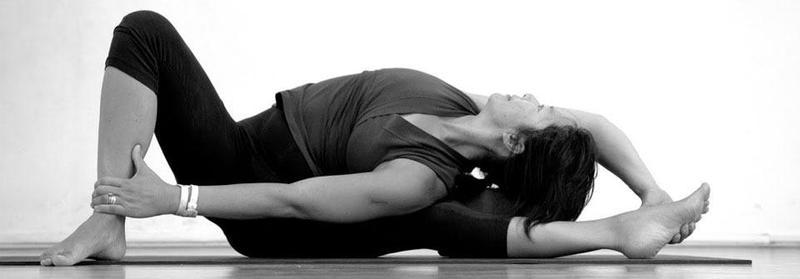Pilates: The Difference Between Mat And Reformer
Pilates: The Difference Between Mat And Reformer
Pilates – it’s the exercise of choice for those looking to lengthen and tone, but when it comes to choosing mat or reformer – what are the major differences?
“Pilates on a reformer bed really helps to target those smaller muscle groups, so you form long, lean and toned muscles,” Kirsty McLean, personal trainer and founder of Body Clarity told The Huffington Post Australia.
Basically, you can do more exercises on a reformer compared to a mat and it gives you the option of performing exercises in lots of different body positions – from your back, side, stomach and being seated – and also on your feet or knees.
“Reformer Pilates is a great form of strength, postural, flexibility, balance and endurance training and can be designed to target one specific area, or as a whole body muscular exercise,” McLean said.
Targeting specific muscle groups is possible on a mat as well, but the combinations of exercises aren’t as varied.
“In general, a traditional Pilates mat class will work your legs, stomach, lower and upper back muscles,” Vanessa Gospel, senior personal trainer and Pilates Instructor at Fitness First told HuffPost Australia.
Mat classes incorporate body weight exercises while reformer beds use different weighted spring combinations to adjust the resistance (to make it harder or easier to move the carriage back and forth).
But a lighter resistance doesn’t necessarily mean it’s easier.
“Adding on an extra spring adds resistance and works to build strength in bigger muscle groups, but the lower the weight relies on your stabling muscles -– and this is where the shakes generally come in,” McLean said.
One element that doesn’t change from mat to reformer is the importance of the breath.
“We inhale through our nose, deep in between our ribcage to the depth of our belly,” McLean said.
“Focus on switching on the core and exhale through the mouth with pursed lips, like you are blowing out candles and then the exhale occurs in the excursion phase,” McLean said.
Gospel’s go-to tip for getting your breath right is to imagine your rib cage is like an accordion.
“Think about your whole rib cage being three dimensional and you are expanding by filling the front, back and sides with air.”
“A lot of people breathe high up into the chest and the shoulders, sometimes caused by stress and that’s why Pilates is great for circulating the oxygen more efficiently around your body,” Gospel said.
Safety check-in during reformer Pilates
Ensure your trainer guides you through the following;
1. Any safety instructions (i.e. how to get on the machine for the exercise)
2. The spring combination/s for the exercise
3. How to do to the exercise properly, the set-up and how it will progress
4. The breathing cues
5. What muscles you are working
6. Length of time to conduct the exercise
7. Any layers that can be added to make it more challenging
by Julia Naughton For The Huffington Post
Be the first to post a message!
